Portugal is a country in the south west corner of Europe. It also controls two island groups, the Azores and Maderia. The Azores
are a group of nine islands about 1,300 kms west of mainland Portugal in the Atlantic Ocean while Maderia is about 1,000 kms south west of mainland
Portugal, also in the Atlantic Ocean. About a quarter of a million people live on each group. Our figures include these two island groups along with the mainland.
Mainland Portugal borders on to the Atlantic Ocean in the west and south and Spain in the north and east.
Mainland Portugal is divided, almost across the middle, by the River Tagus. North of this the land is mountainous while to the south are rolling plains.
The geographical coordinates for the centre of Portugal, also known as lines of latitude and longitude, are:-
Latitude - 39 30N
Longitude - 8 00W
The capital of Portugal is Lisbon.
Portugal is a semi-presidemtial republic with a president as head of state and a prime minister as head of the government.
In elections everyone over the age of 18 can vote.
The currency in Portugal is the euro. Portugal is a member of the European Union, having joined in 1986.
Portuguese is the official language.
Check the weather in Lisbon now.
This is the time in Lisbon now








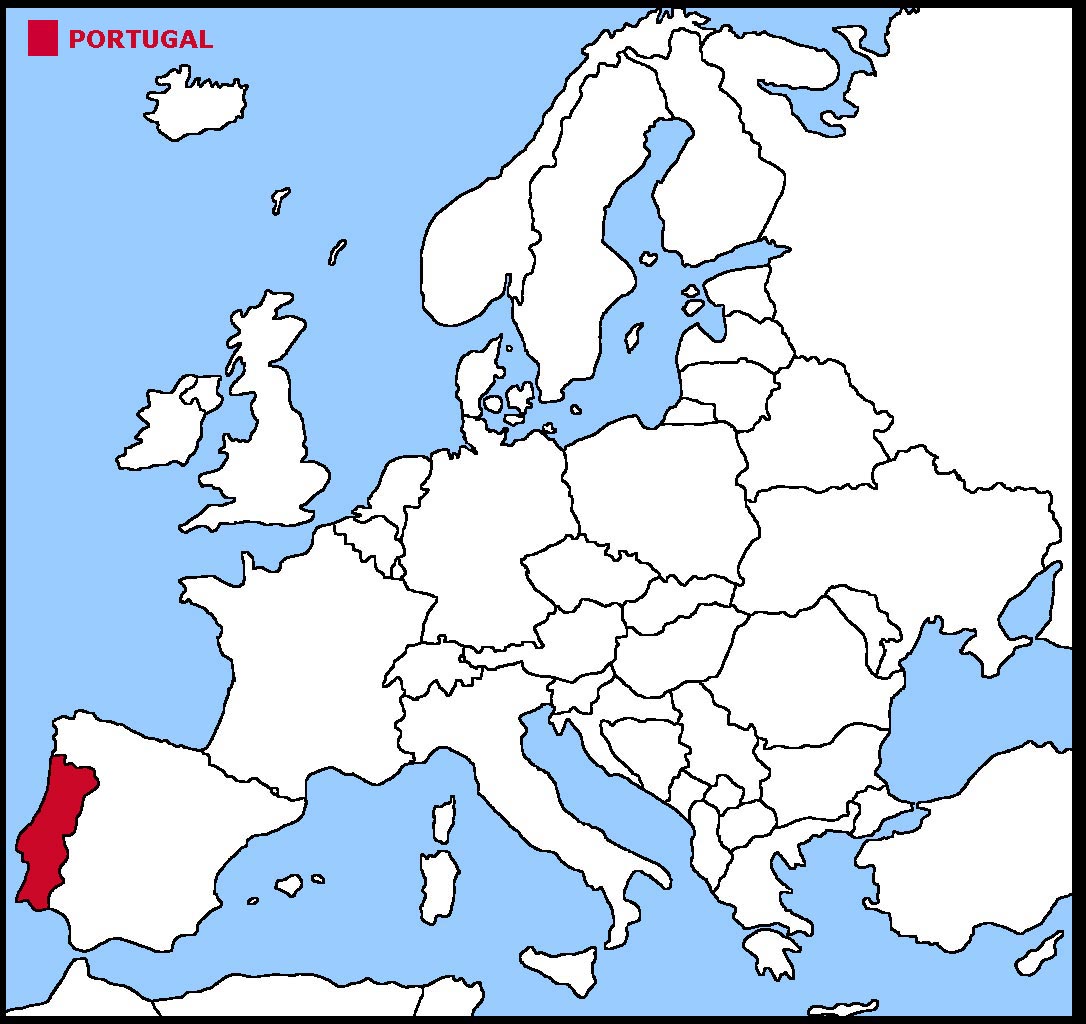

 The Portuguese flag is 2 vertical bands
of green (40%) and red (60%) with the national coat of arms centred over the dividing line between the colours. The yellow background to the shield is known as an
armilary sphere. It doesn't show very well on our picture but the yellow shapes around the shield are castles.
The Portuguese flag is 2 vertical bands
of green (40%) and red (60%) with the national coat of arms centred over the dividing line between the colours. The yellow background to the shield is known as an
armilary sphere. It doesn't show very well on our picture but the yellow shapes around the shield are castles.


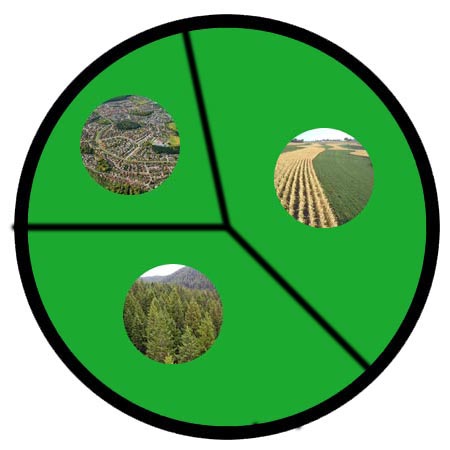

 Each little Owlbut is 1 person and
the big yellow rectangle is 1 sq km. After a while you can compare countries and see which ones are the most crowded. Remember it is only an average as
more people live closer together in towns and cities than in villages out in the country.
Each little Owlbut is 1 person and
the big yellow rectangle is 1 sq km. After a while you can compare countries and see which ones are the most crowded. Remember it is only an average as
more people live closer together in towns and cities than in villages out in the country.
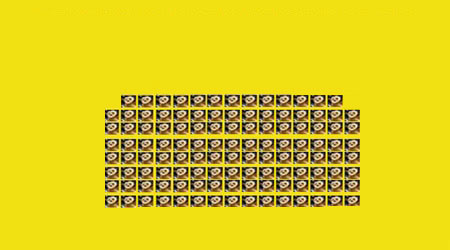

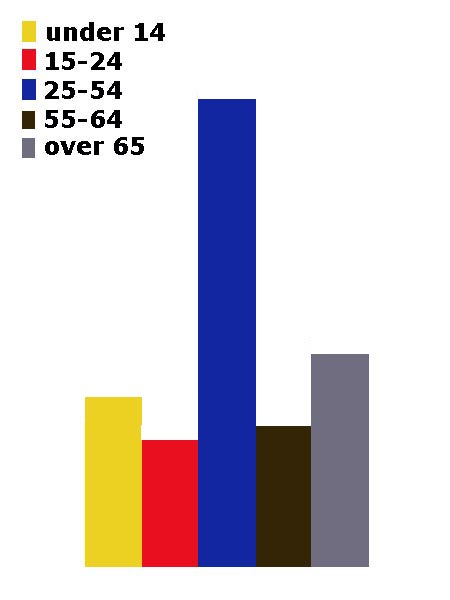
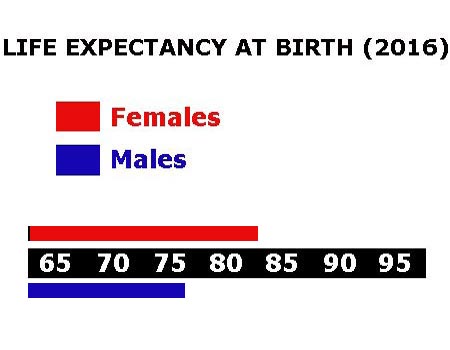

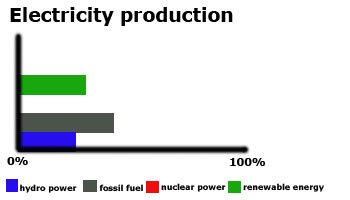

 They work in the following sectors.
They work in the following sectors.



